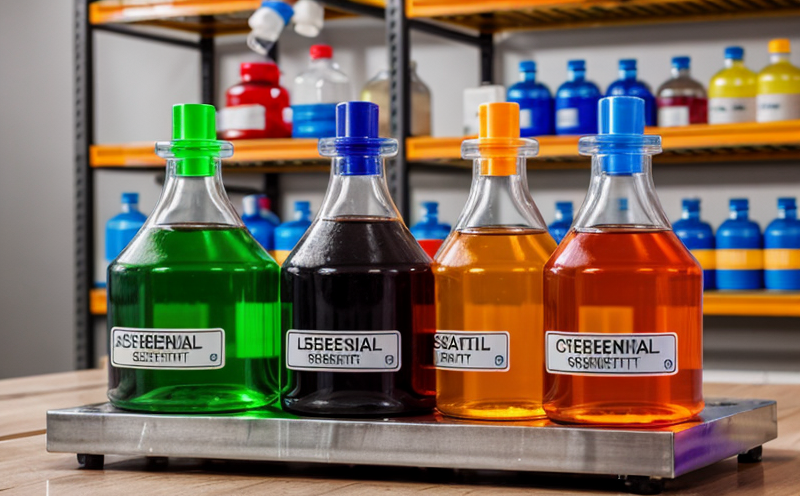Biocide Content Testing in Consumer Products
In consumer products, biocides are often used to protect materials against bacteria, mold, and other microorganisms. The presence of these chemicals is crucial for maintaining product integrity but can also pose potential risks if not properly controlled or regulated. This service ensures that the levels of biocides in consumer products meet the required safety standards.
Biocide content testing involves a series of analytical procedures designed to identify and quantify specific compounds used as biocides within consumer goods. These tests are essential for product safety, regulatory compliance, and quality assurance. The process typically begins with sample collection and preparation, followed by instrumental analysis using techniques such as GC-MS (Gas Chromatography-Mass Spectrometry), LC-MS/MS (Liquid Chromatography-Tandem Mass Spectrometry), or HPLC (High Performance Liquid Chromatography).
The testing aims to determine the concentration levels of biocides in various consumer products, including textiles, paints, coatings, and personal care items. Regulatory bodies like EU REACH, FDA, and others have established limits on acceptable concentrations of biocides to ensure they do not pose a health risk to consumers.
Sample preparation is critical for accurate testing results. Depending on the product type, samples may undergo extraction with solvents such as methanol or dichloromethane followed by purification steps like centrifugation and filtration. Once prepared, these extracts are injected into chromatography instruments where they separate based on their molecular properties.
The analytical methods employed must be precise enough to detect even trace amounts of biocides while adhering closely to international standards such as ISO 17025 for laboratory accreditation. Compliance with these guidelines ensures reliable data that can be trusted by stakeholders involved in product development, manufacturing, and distribution.
Testing not only helps manufacturers adhere to legal requirements but also enhances brand reputation by demonstrating a commitment to responsible use of biocides. By identifying potential issues early on during production, companies can make necessary adjustments before products reach market shelves.
Applied Standards
| Standard | Description |
|---|---|
| ISO 17025 | Absolutely essential for ensuring the competence and consistency of testing laboratories. |
| ASTM E1891-13 | Describes a procedure for determining biocide concentrations in consumer products using GC-MS. |
| FDA Guidance Documents | Provide detailed instructions on how to conduct biocide content tests according to US regulations. |
Industry Applications
- Textile manufacturing: Ensuring textiles remain free from microbial contamination post-production.
- Paint and coating industries: Verifying that coatings maintain their protective properties against fungi and bacteria throughout their lifecycle.
- Personal care products: Guaranteeing consumer safety by confirming biocide levels are below thresholds deemed safe for human exposure.
International Acceptance and Recognition
- The European Union’s Regulation (EC) No 1907/2006 on chemicals, biocides, and mixtures.
- US Food and Drug Administration regulations governing over-the-counter antiseptics.
- The International Organization for Standardization (ISO) series of standards addressing chemical analysis in consumer goods.





